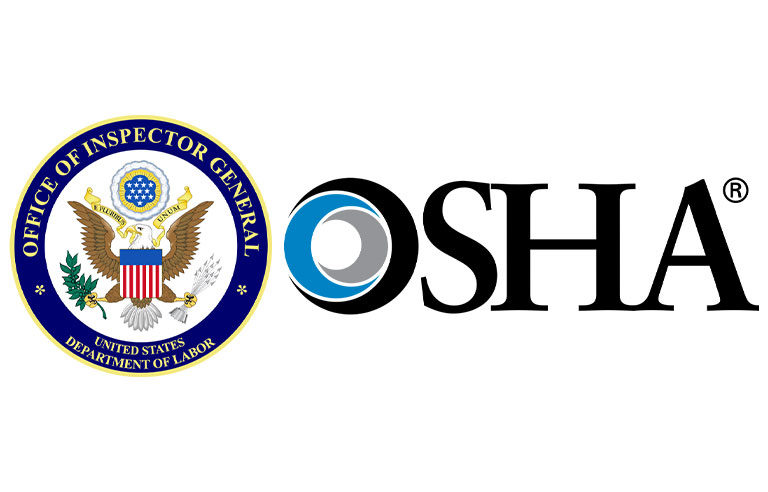OIG report: OSHA efficiency, MSHA oversight of ERPs need improvement

Washington – OSHA needs to work more efficiently to ensure employers are reducing or eliminating hazards, the Department of Labor Office of Inspector General states in its semiannual report to Congress.
OIG also stated that the Mine Safety and Health Administration needs to improve oversight of mine operators’ emergency response plans, and that Congress should clarify the agency’s authority to protect workers in the event of a crisis, including its ability to order mine closures.
OIG audits and investigations covered a six-month period that ended March 31. The report, released May 30, points out that OSHA needed an average of 81 days after an inspection to issue a citation, and hazards were not corrected for an average of 86 days after the inspection date.
An employer is not required to fix a hazard until a citation is issued, but for about one-third of the 80,825 citations issued in fiscal year 2015, employers chose to rectify the problem within 24 hours. OIG stated that failure to complete the proper forms and documentation often led to the delays.
The report added that OSHA needs to improve its review of past citations to seek out “the most egregious and persistent violators,” and that mitigating hazards at construction sites remains a weak point for the agency. The report states that 32 of 200 sampled citations were closed because the construction projects were completed – not because the employers fixed the issues.
Additionally, OIG expressed concern with OSHA’s “ability to measure the impact of its policies and programs and those of the 27 OSHA-approved State Plans for occupational safety and health.”
In regard to MSHA, the OIG report states that at least one missing or inaccurate required element was found in all 116 of the ERPs submitted to the agency. It recommends MSHA create a standardized ERP template and “improve its processes, guidance and training for the ERP program.”
The report also states that congressional review is needed regarding language in the Mine Safety and Health Act of 1977 to “ensure MSHA’s long-standing and critically important authority to take whatever actions may be necessary to protect miner health and safety, including issuing mine closure orders, is broad, clear, and not vulnerable to challenge.”
The report added that “the ability of [MSHA] to effectively manage its resources to help ensure the safety and health of miners is a concern for the OIG.” OIG cited the challenge of mine operators underreporting injuries and illnesses, which impedes MSHA’s ability to hone in on the most dangerous worksites.
OIG also expressed concern that MSHA does not have a uniform method of logging, assessing and responding to complaints of hazardous conditions.
Post a comment to this article
Safety+Health welcomes comments that promote respectful dialogue. Please stay on topic. Comments that contain personal attacks, profanity or abusive language – or those aggressively promoting products or services – will be removed. We reserve the right to determine which comments violate our comment policy. (Anonymous comments are welcome; merely skip the “name” field in the comment box. An email address is required but will not be included with your comment.)

